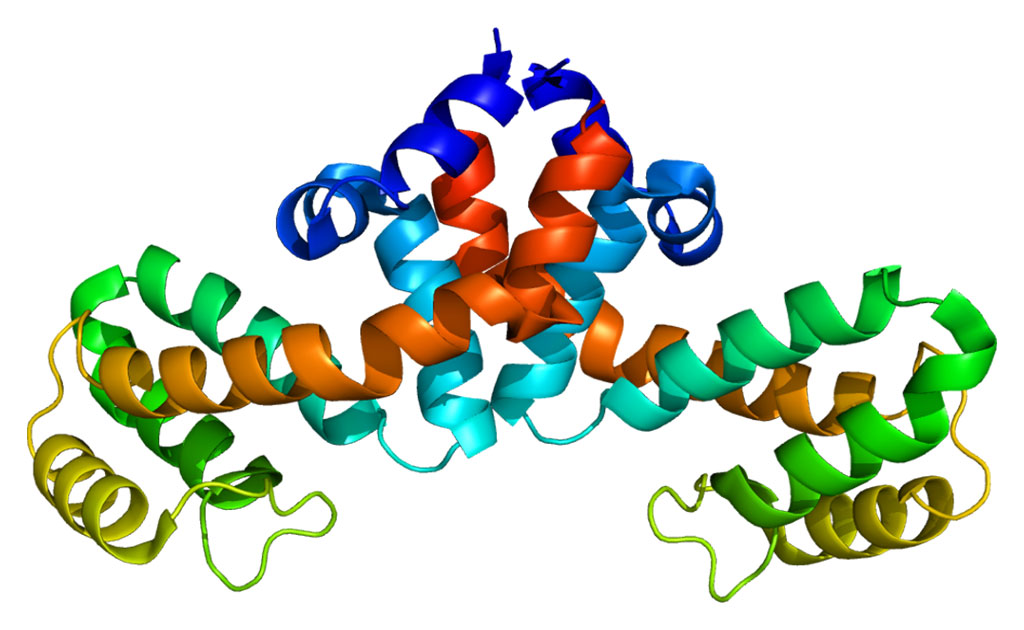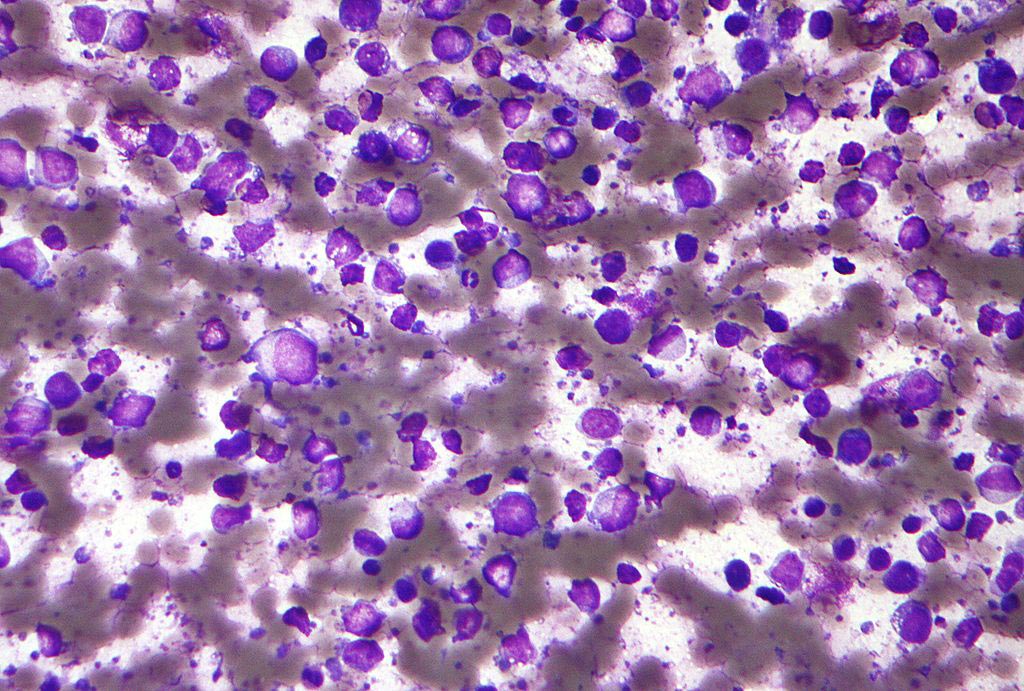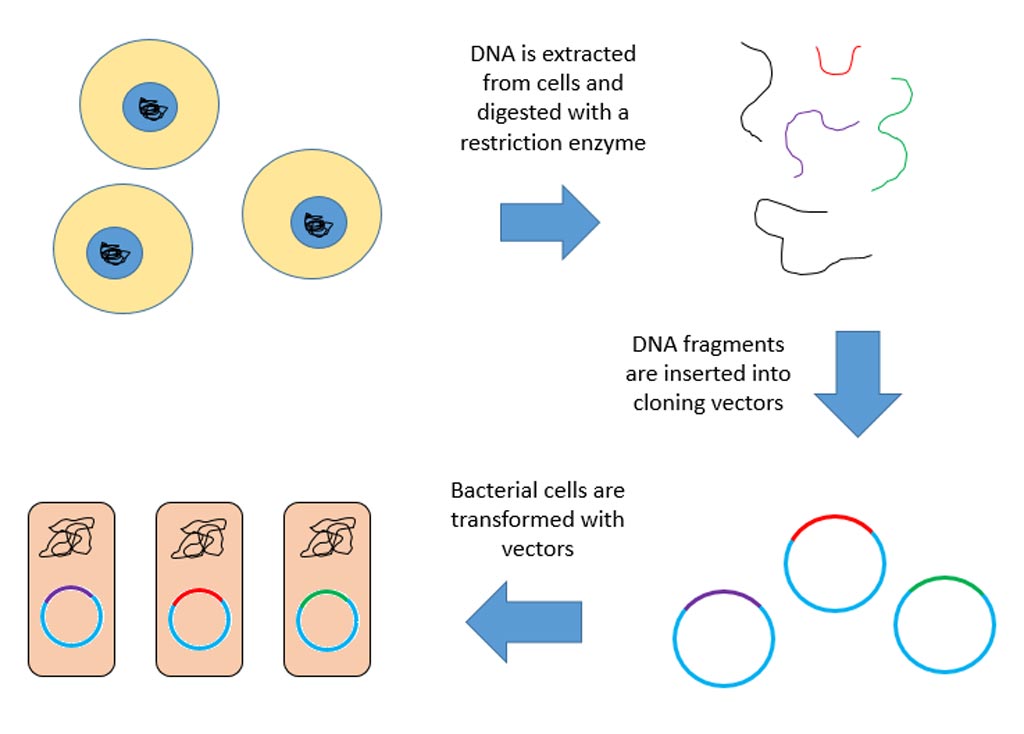Protein Linked to Cancer Metastasis Plays a Critical Role in Neuroprotection and Recovery from Brain Damage
By LabMedica International staff writers
Posted on 29 Nov 2012
A protein that functions to facilitate cancer metastasis has been found to play an important role in neuroprotection and recovery of brain tissue following trauma.Posted on 29 Nov 2012
Investigators at the University of Copenhagen (Denmark) have been studying the protein S100 calcium binding protein A4 (S100A4) for several years. S100A4 is a member of the S100 family of at least 13 proteins that each contains two calcium-binding motifs. S100 proteins are localized in the cytoplasm and/or nucleus of a wide range of cells, and are involved in the regulation of a number of cellular processes such as cell cycle progression and differentiation. This protein may function in motility, invasion, and tubulin polymerization. Chromosomal rearrangements and altered expression of the S100A4 gene have been implicated in tumor metastasis.
In a paper published in the November 13, 2012, online edition of the journal Nature Communications the investigators revealed a previously unknown link between the S100A4 protein and brain protection and repair. They showed that S100A4 protein was overexpressed in the damaged human and rodent brain and was released from stressed astrocytes. Genetic deletion of S100A4 exacerbated neuronal loss after brain trauma or excitotoxicity, increasing oxidative cell damage and downregulating the neuroprotective protein metallothionein I+II.
The investigators identified two neurotrophic motifs in S100A4 and showed that these motifs were neuroprotective in animal models of brain trauma. In addition, they found that S100A4 rescued neurons via the Janus kinase/STAT pathway and, partially, the interleukin-10 receptor.
“This protein is not normally in the brain, only when there is trauma or degeneration. When we deleted the protein in mice, we discovered that their brains were less protected and able to resist injury. We also discovered that S100A4 works by activating signaling pathways inside neurons,” said first author Dr. Oksana Dmytriyeva, a neurosciences postdoctoral researcher at the University of Copenhagen. “We were surprised to find this protein in this role, as we thought it was purely a cancer protein. We are very excited about it and we are looking forward to continuing our research in a practical direction. We hope that the findings will eventually benefit people who need treatment for neurodegenerative disorders like Alzheimer’s disease, although obviously we have a long way to go before we get to that point.”
Related Links:
University of Copenhagen














